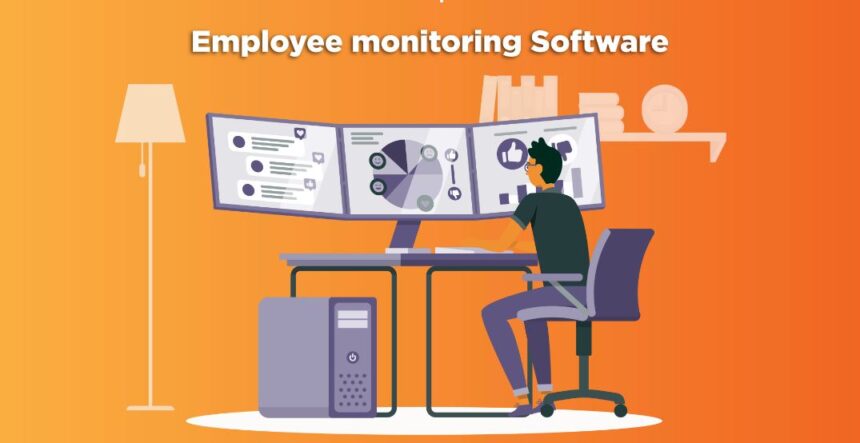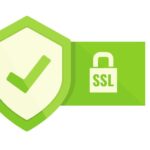Introduction
In an era of increasing digitalization and remote work, Employee Monitoring Software has emerged as a vital tool for businesses. This software enables employers to track and analyze employee activities, promoting a productive, secure, and compliant workplace. With organizations striving for operational efficiency and effective workforce management, employee monitoring solutions offer a strategic approach to understanding productivity, securing data, and managing compliance.
Employee Monitoring Software Overview
Employee Monitoring Software is designed to track and document employee activities, primarily on digital devices. The software offers insights into how employees spend their time, their engagement with tasks, and their overall productivity. As remote and hybrid work models gain traction, businesses face challenges in managing and monitoring off-site staff. Employee Monitoring Software addresses these needs, helping businesses manage distributed teams, enhance productivity, and maintain a secure, compliant work environment.
By providing insights into workflow patterns and identifying areas for improvement, this software is a valuable asset for optimizing resource allocation and boosting efficiency.
Key Features of Employee Monitoring Software
Employee Monitoring Software encompasses several powerful features that assist in effective workforce management. Key components include:
Time Tracking:
Time-tracking tools capture the amount of time an employee spends on various tasks. Managers can assess productivity levels and ensure time is utilized efficiently, helping reduce unnecessary downtime.
Screen Monitoring:
Screen monitoring records screens and online activities, giving managers a real-time view of an employee’s focus and productivity. This feature, though useful, must be balanced with privacy considerations to ensure ethical use.
Activity Logging:
Activity logging details the applications used, websites visited, and documents accessed by employees. This can uncover productivity trends and highlight potentially risky behaviors, such as accessing unauthorized or sensitive information.
Reporting and Analytics:
Reporting tools analyze collected data to generate insights into workforce trends, helping managers make data-driven decisions. Automated reports provide a comprehensive view of productivity, attendance, and time allocation.
Benefits of Employee Monitoring Software
Employee Monitoring Software delivers a wide range of benefits, positively impacting both employers and employees:
For Employers:
It increases visibility into workflows, allowing for better resource allocation and productivity improvements. By identifying inefficiencies, managers can implement changes that reduce operational costs. This software is especially useful for companies with remote teams, providing clarity on team activities and work consistency.
For Employees:
The software provides structure and clear expectations, creating a more organized work environment. Monitoring tools can help recognize productive employees, boosting motivation and morale.
Enhanced Remote Work Management:
The software’s role in remote work is indispensable. Managers can efficiently oversee teams from afar, maintaining accountability and productivity without direct supervision.
Compliance and Privacy Considerations
With any monitoring tool, privacy and compliance are key concerns. When implementing Employee Monitoring Software, businesses must address these aspects responsibly:
Privacy Concerns:
Employees may feel apprehensive about monitoring practices. To mitigate concerns, transparency is critical. Employers should inform employees about what is being monitored and how the data will be used, emphasizing that the goal is to improve workflows, not to infringe on privacy.
Data Protection Compliance:
Compliance with data protection laws, such as GDPR in the EU, is essential. The software should be configured to protect sensitive information and limit data collection to work-related activities only.
Ethical Use:
Ethical practices include clear communication with employees and focusing on productivity rather than invasive monitoring. Businesses should strive to create a culture of trust by using the software as a productivity enhancer rather than a surveillance tool.
Use Cases for Employee Monitoring Software
Employee Monitoring Software is adaptable across different industries, each benefiting uniquely:
Remote Work Management:
As remote work becomes standard, monitoring software helps track productivity, ensuring that employees remain focused and aligned with company goals.
Project Tracking:
For project-based businesses, monitoring software helps in managing timelines, tracking project progress, and ensuring tasks are completed on time. This tool is invaluable in industries where precise scheduling is crucial.
Time Optimization:
Companies use this software to analyze work patterns, which leads to better time management and workload distribution, preventing employee burnout.
Choosing the Right Employee Monitoring Software
When selecting Employee Monitoring Software, businesses should consider various factors:
Business Needs:
Understanding specific needs, such as required features or team size, helps narrow down options.
Scalability:
As businesses grow, so do their software requirements. Choosing scalable software ensures it can adapt to increasing demands over time.
Integrations:
Many monitoring tools offer integrations with HR and project management platforms, enhancing functionality and allowing seamless data transfer between systems.
User-Friendliness:
User-friendly software promotes smooth onboarding and adoption, minimizing disruptions in day-to-day activities.
Implementation Best Practices
Implementing Employee Monitoring Software effectively requires planning and communication:
Clear Communication:
Businesses should openly discuss the software’s purpose with employees, addressing any concerns and explaining the benefits.
Training and Support:
Training employees on the software’s functions ensures they understand how to use it correctly, boosting engagement and productivity.
Policy Development:
A clear policy on monitoring practices establishes acceptable boundaries, ensuring compliance and fostering a sense of trust between management and employees.
Trends and Future Outlook in Employee Monitoring Software
The landscape of Employee Monitoring Software is constantly evolving:
Current Trends:
Emerging features include AI-driven insights, which provide real-time data analysis, and mobile monitoring to accommodate on-the-go employees. These trends indicate an increased focus on flexibility and real-time responsiveness.
Future Outlook:
As work environments shift, monitoring software will likely incorporate more advanced AI capabilities, integrating predictive analytics to proactively identify productivity issues and enhance workforce engagement. Additionally, a greater focus on data security will address privacy concerns, ensuring compliance with evolving data protection laws.
Conclusion
Employee Monitoring Software offers invaluable tools for managing productivity, enhancing security, and maintaining compliance in today’s dynamic workplaces. When implemented transparently and ethically, it provides both employers and employees with structure, clarity, and enhanced work efficiency. For businesses seeking to streamline operations and remain competitive, adopting the right Employee Monitoring tool can make a substantial difference. By choosing a solution that aligns with specific business needs, companies can foster a productive work environment while supporting their team’s growth and well-being.




